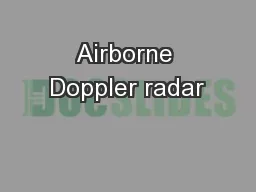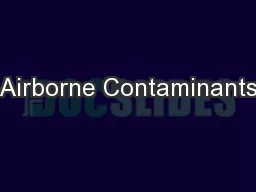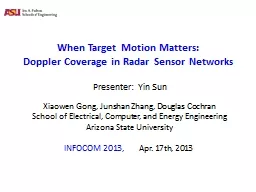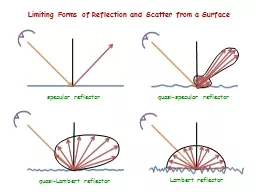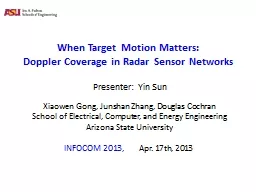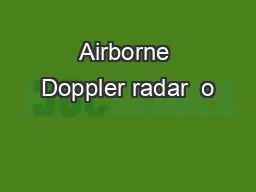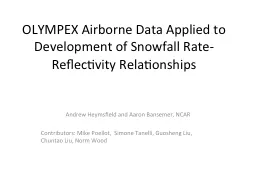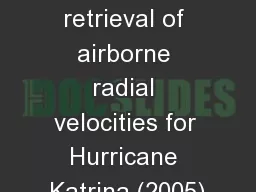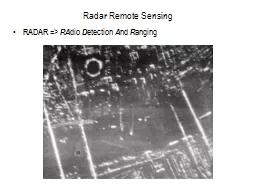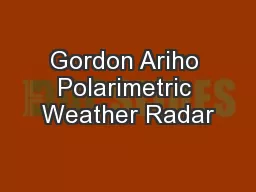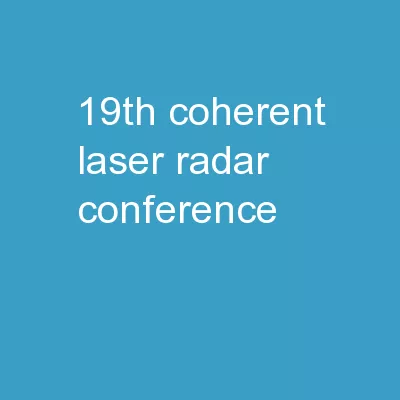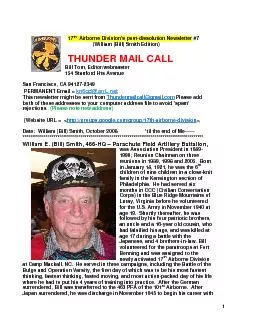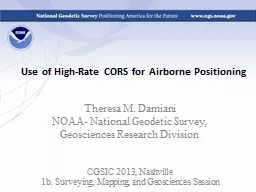PPT-Airborne Doppler radar
Author : jane-oiler | Published Date : 2018-01-15
o bservations of midlatitude s torms d uring OLYMPEX Jennifer DeHart and Robert Houze 17 th Conference on Mountain Meteorology 62816 NASA grants NNX15AN52H NNX13AG71G
Presentation Embed Code
Download Presentation
Download Presentation The PPT/PDF document "Airborne Doppler radar" is the property of its rightful owner. Permission is granted to download and print the materials on this website for personal, non-commercial use only, and to display it on your personal computer provided you do not modify the materials and that you retain all copyright notices contained in the materials. By downloading content from our website, you accept the terms of this agreement.
Airborne Doppler radar: Transcript
Download Rules Of Document
"Airborne Doppler radar"The content belongs to its owner. You may download and print it for personal use, without modification, and keep all copyright notices. By downloading, you agree to these terms.
Related Documents

